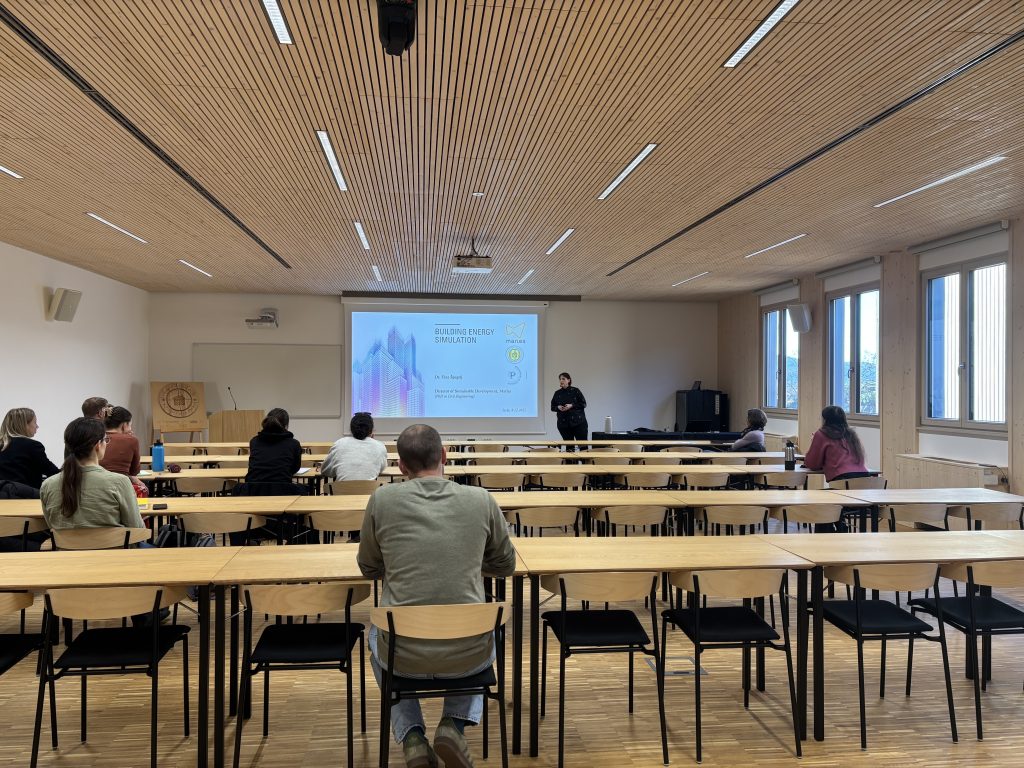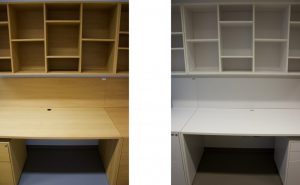
December 10, 2025

We spend most of our time indoors, even though we often feel better and happier outside in nature. The question then arises, why do we spend so much time indoors, and, more importantly, how can we feel better inside? The answer can be found in the old saying: “If the mountain will not come to Mohammed, Mohammed will go to the mountain”; in other words, since we enjoy spending time outside, but, for modern reasons, we spend most of our time in closed spaces, we need to bring nature to us!
This is even more crucial today, when so many around the world are at home spending time indoors due to global spread of coronavirus disease (COVID-19). It was 11 March 2020 when the World Health Organization declared a pandemic and efforts to prevent the coronavirus from spreading were implemented in all countries, including travel restrictions, quarantines, closed borders, canceled sporting and cultural events, closed schools, restaurants and bars and home offices for employees. In a very short time, our everyday routine was turned upside down. What we considered as a normal way of living suddenly changed, and we are now learning how to manage a variety of tasks from home while trying to maintain positive well-being for ourselves and loved ones. Many people are discovering how to use new technologies and tools that enable companies to continue working, students to continue learning and friends to meet online.
For those of us switching to home offices on short notice, creating an appropriate workspace hasn’t necessarily been easy. We don’t always have the space, ergonomic chairs or desk and other things that make an office comfortable. One way to improve comfort in our new workplaces is bringing nature indoors and arranging home offices in a healthy and ergonomic way.
InnoRenew CoE researchers are dedicated to improving the built environment to provide health benefits for occupants. Part of their work is exploring the science of human interactions with the built environment and providing evidence-based design guidance to designers. This is one of InnoRenew CoE’s key research areas: REED – restorative environmental and ergonomic design. Researchers are enthusiastic about restorative and regenerative design systems, emphasizing the use of natural materials to create ergonomic, accessible, adaptable, and sustainable buildings that achieve environmental sustainability and human comfort goals.
The REED concept is an expansion of restorative environmental design (RED) and regenerative design. REED integrates aspects of ergonomics and kinesiology, material science, architecture, engineering, psychology, physiology and other disciplines in a scientific framework that seeks to improve building design for occupants. Research has shown that incorporating nature into the built environment by using natural materials like wood, for example, improves how people view nature and motivates them to care about the environment (Burnard, Schwarzkopf, Kutnar, 2016). Moreover, recent research has shown that there are positive human health effects related to using natural materials indoors, like reduced stress levels and improved recovery from stress. Dr Michael Burnard, researcher and InnoRenew CoE deputy director, carried out research on human responses to stress in offices equipped with furniture made from wood and offices with furniture coated in white laminate. Results showed that people in the office with oak furniture experienced lower stress levels than those in the white furniture office. Therefore, it is possible that wood, a natural material, relieves stress and helps us recover faster, too. By following REED principles in building design, researchers hope to uncover similar results that create positive impacts for the natural environment, people and society.

Office equipped with furniture made from wood and office with furniture coated in white laminate. Image: Michael Burnard, InnoRenew CoE
In this extraordinary time, we need to stay at home (with few exceptions) to protect ourselves and others from COVID-19, yet it is important we maintain our health and well-being in more indirect ways as well. One option is to maintain or improve our connection to nature by bringing it to us. Bringing plants indoors, maintaining views of nature and using natural materials like wood inside can help create an environment that is healthy and comfortable.
Dean Lipovac, InnoRenew CoE assistant researcher, looks at the effects of the built environment on mental health, and he has prepared some tips and suggestions on how to incorporate REED principles into our home office in order to create an environment that helps us stay focused, less stressed, in a better mood and generally keep our mental and physical health in place:
Our modern working environments are much more connected to sitting and screens, especially now! When working from home, we should take ten minutes and redesign our home office to provide good ergonomics. Here are some simple tips to create an active office at home, prepared by Nastja Podrekar, InnoRenew CoE assistant researcher, whose main area of research is ergonomics and kinesiology within the built environment:
It is important to avoid long periods of sitting as this can lead to musculoskeletal discomfort, pain and lower work productivity. Now that we are working from home (presumably dressed in comfortable clothes from morning until evening), it is even easier to stand up every hour and take at least two active breaks per day.
Active breaks are short bursts of physical activity performed during work. The purpose of an active break is to stretch muscle groups that are in a shortened position, activate muscle groups that are in a passive position and relax parts of the body that are under load.
For sedentary jobs, which are mostly spent in a seated position, it is generally recommended to:
By implementing some or all of these tips and suggestions in our home offices, we can impact our general well-being significantly. Enjoy rearranging and stay safe!